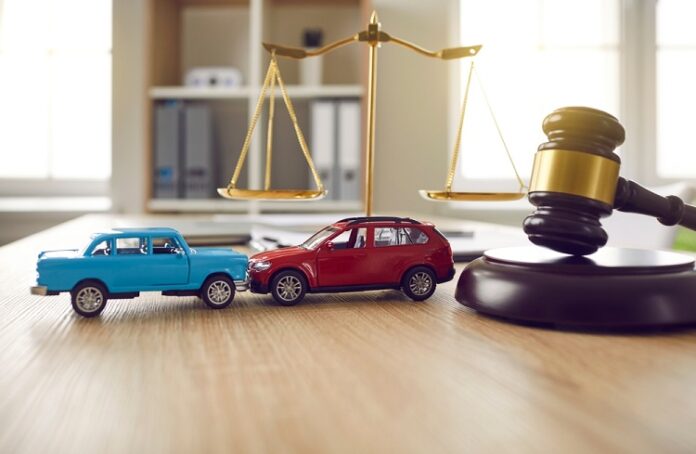Cities are responsible for maintaining safe environments for their residents and visitors. However, there are instances when a city or town can be held liable for someone’s injuries. To determine city liability, several factors must be considered, including negligence, duty of care, and foreseeability. Here are six scenarios where a city might be blamed for causing injuries.
Table of Contents
Negligent Maintenance of Infrastructure
If a city fails to properly maintain its infrastructure, such as roads, sidewalks, or public facilities, and this negligence leads to an accident, the city can be held responsible. For instance, if a pedestrian trips and falls on a broken sidewalk that the city failed to repair despite being aware of the hazard, the city may be liable for the pedestrian’s injuries through a pedestrian accident lawsuit.
Inadequate Road Design
A poorly designed road can be a hazard for drivers, pedestrians, and cyclists. If a city designs a road with inadequate signage, confusing intersections, or improper lighting, resulting in accidents, injuries, or even fatalities, the city could be held accountable. For example, if an intersection lacks clear traffic signals, causing collisions, the city might be blamed for not ensuring safe road design. Speak to a car accident attorney if improper signage led to your vehicle collision.
Failure to Address Known Hazards
If a city is aware of a hazardous condition but fails to take appropriate action, it can be held liable. This could involve ignoring reports of dangerous areas prone to criminal activities or neglecting to fix recurring flooding that leads to accidents. If a city neglects to address a known hazard and injuries occur as a result, the city might be at fault.
Inadequate Security Measures
Cities are responsible for providing adequate security in public spaces. If a city doesn’t take reasonable steps to ensure the safety of its residents, it might be liable for injuries caused by criminal activities. For instance, if a poorly lit park becomes a hotspot for crime and an individual is assaulted, the city could be held responsible for failing to implement proper security measures.
Defective Public Transportation
Cities that provide public transportation services must ensure the safety of their passengers. If a city-owned bus has defective brakes or faulty equipment, resulting in an accident and injuries, the city might be held accountable for the injuries sustained by passengers.
Dangerous Public Events
Cities often host public events that draw large crowds. If a city fails to implement proper safety measures, resulting in accidents or injuries, it could be held liable. For example, if a city-approved event lacks proper crowd control, leading to a stampede and injuries, the city might be blamed for inadequate planning and safety measures.
How To File A Personal Injury Claim Against A City
If you’ve been injured due to a city’s negligence, you can seek compensation by filing a personal injury claim. Follow these essential steps to navigate the process effectively:
- Document the Incident: Collect evidence such as photos and witness contacts to support your case.
- Seek Medical Attention: Prioritize your health by getting prompt medical treatment and keeping records.
- Notify the City: Inform the relevant city department about the incident and keep records of communication.
- Consult an Attorney: Seek legal advice to understand your rights and build a strong case.
- Determine Negligence: Establish the city’s negligence in providing a safe environment.
- File a Notice of Claim: Follow city-specific procedures to submit a formal notice of your intent to file a claim.
- Investigate: Gather evidence through city records, expert opinions, and witness interviews.
- Negotiation or Lawsuit: Attempt a settlement negotiation, or file a lawsuit if needed.
- Stay Informed: Stay updated on your claim’s progress and any developments.
- Prepare for Court: Be ready to testify if your case goes to court.
Remember, each case is unique, so having a skilled attorney by your side is crucial for navigating the legal process successfully.
When a city’s actions or lack thereof directly contribute to accidents and injuries, it can be held responsible. If an individual is injured due to negligence on the citys hand, a city might be blamed for causing harm. It is essential for cities to prioritize safety and take proactive measures to prevent accidents and injuries within their jurisdiction, and should be willing to suffer the consequences if they don’t.




